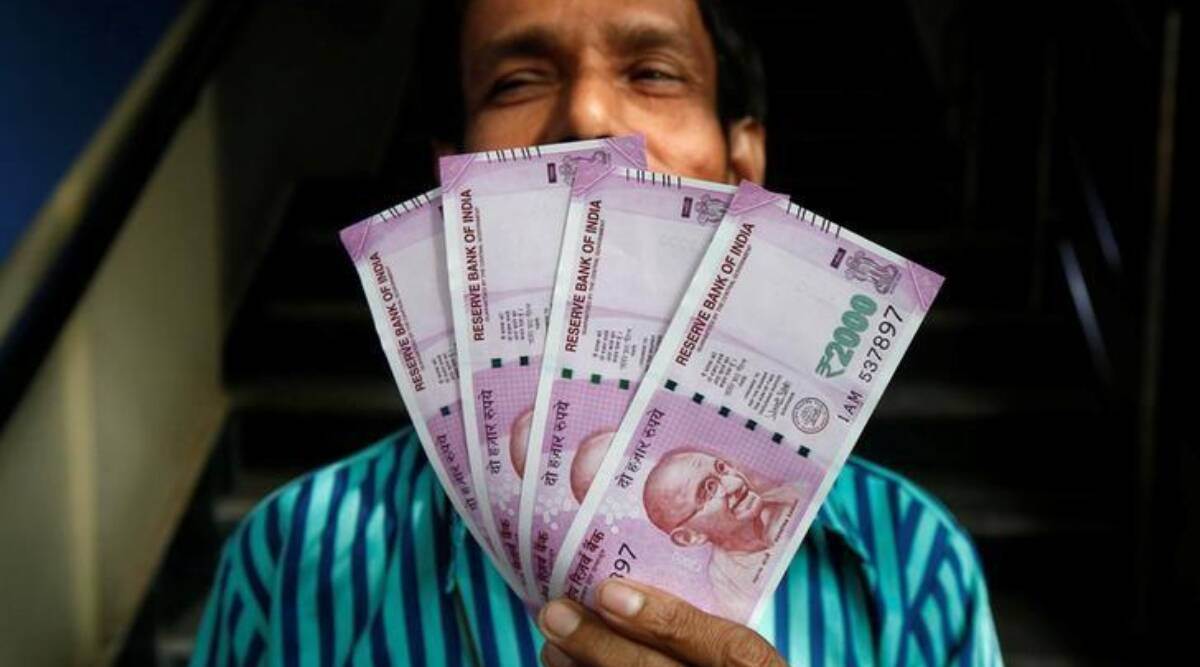 The Finance Ministry had Wednesday evening slashed interest rates on small savings by 40-110 basis points for April-June 2021.
The Finance Ministry had Wednesday evening slashed interest rates on small savings by 40-110 basis points for April-June 2021. While Finance Minister Nirmala Sitharaman Thursday morning described the order revising interest rates for small savings schemes issued just about 12 hours back as an “oversight”, the political imperative could not be missed: West Bengal, which is midway through Assembly elections, accounts for the highest collections from small savings schemes.
The Finance Ministry had Wednesday evening slashed interest rates on small savings by 40-110 basis points for April-June 2021. These schemes are generally subscribed by senior citizens and the middle-class — more so in West Bengal — since interest rates are slightly higher than bank deposits, and offer a safe investment avenue to risk-averse investors.
According to the latest data available for the financial year 2017-18 with the National Savings Institute, West Bengal registered the highest gross collections of small savings of Rs 89,991.74 crore amongst all states. It was followed by Uttar Pradesh at Rs 69,660.70 crore and Maharashtra at Rs 63,025.59 crore.
In terms of net collections, Maharashtra had the highest mop up of small savings at Rs 23,973.61 crore, followed by West Bengal at Rs 20,807.92 crore and Uttar Pradesh at Rs 15,575.16 crore, in 2017-18.
West Bengal has been consistently recording high gross and net collections for small savings over the years. The data includes collections of small savings in post offices as well as banks.
Another state, Assam, where polls are underway, recorded gross collections of Rs 9,446.37 crore and net collections of Rs 2,103.12 crore in 2017-18. While state-wise data is available till 2017-18, the trend of overall collections over the following years indicates that collection numbers in these states would have risen sharply.
For the government too, it is an easy source of money. In 2020-21, the government expected to raise Rs 4.8 lakh crore through small savings in the Revised Estimates, much higher than Rs 2.4 lakh crore in the Budget Estimate. In 2021-22, borrowings through small savings have been pegged at Rs 3.91 lakh crore.
“There is preference for these savings instruments because they give relatively higher return compared to banks and other instruments. They are also risk averse, a relatively higher proportion of those who don’t want to put their money in all mutual funds etc. will invest in these,” Devendra Kumar Pant, Chief Economist, India Ratings, said.
Small savings are also a key source of financing the government deficit, more so after the Covid-19 pandemic led to a ballooning of the deficit, necessitating higher borrowings. With states tapping less into small savings, the pressure weighs more on the Centre.
“States are not using the small savings fund for deficit financing. Earlier, states used it, but now only about four states/ UTs use it for deficit financing. Rest of it is going to the Central government. Basically, the rates are roughly 100 basis points higher than the rate at which the government is able to finance its deficit from the market. So, it is putting a pressure on Central finances because the interest has to be paid out,” Pant said.
- The Indian Express website has been rated GREEN for its credibility and trustworthiness by Newsguard, a global service that rates news sources for their journalistic standards.

